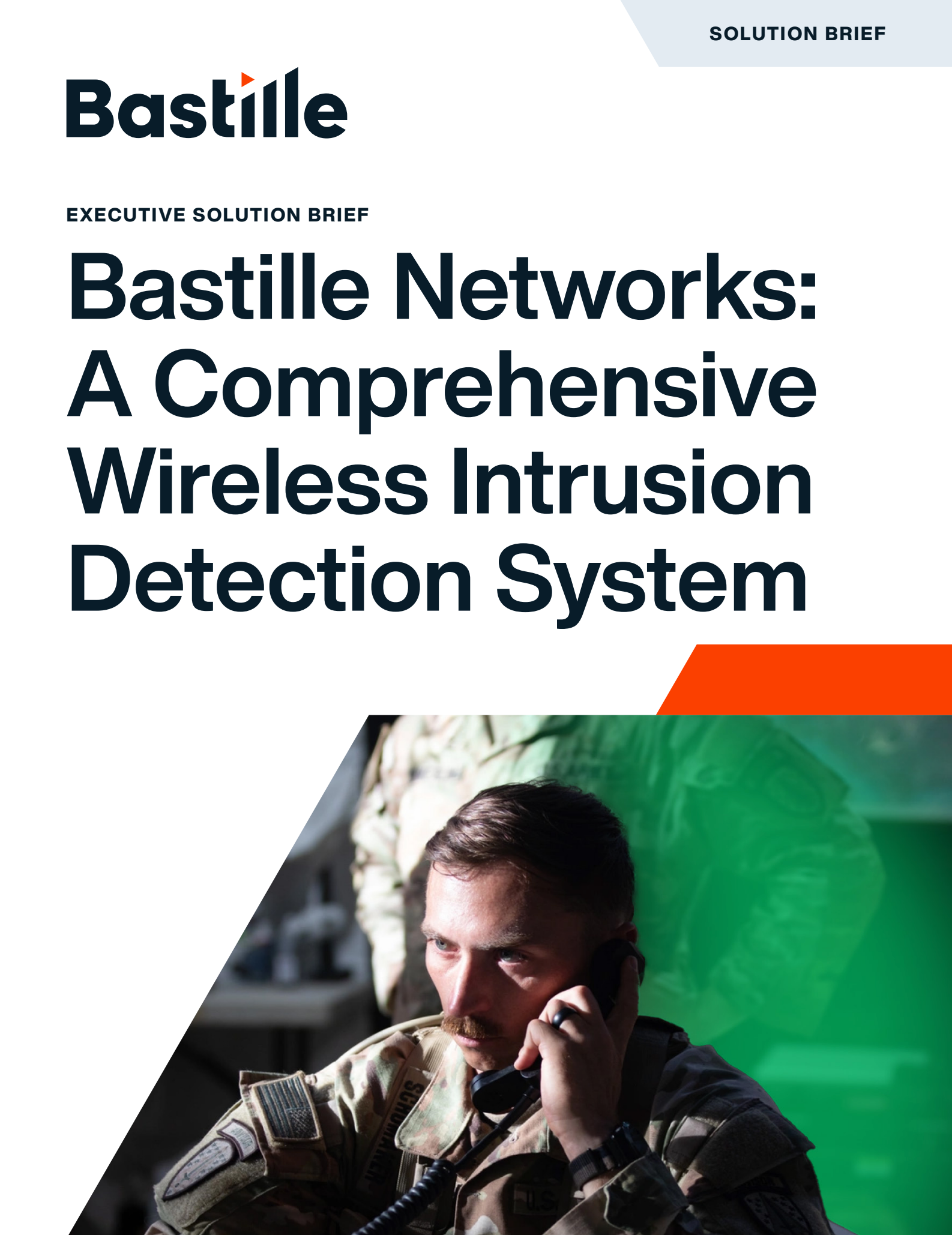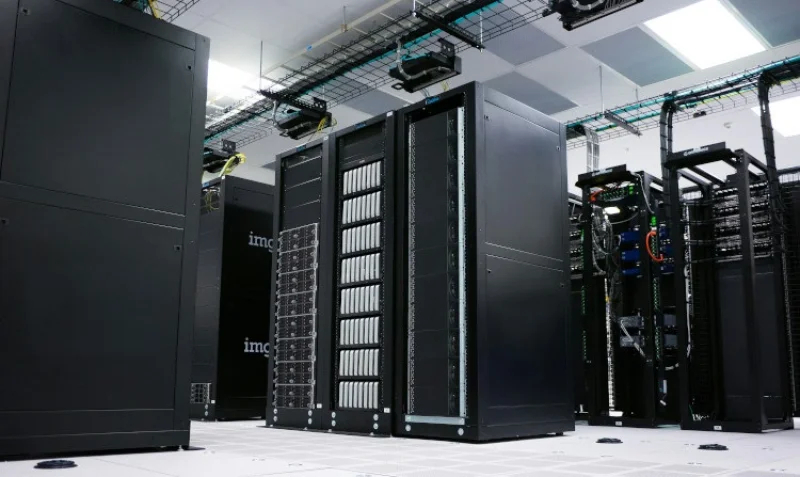
New Developments
In the days since the U.S. Secret Service announced its dismantling of a clandestine telecommunications threat in New York, additional reporting has clarified both the scale of the operation and the range of risks that were present. The seizure occurred during the United Nations General Assembly, when more than 150 world leaders and senior U.S. officials were in New York.
The over 300 SIM servers and 100,000 SIM cards, concentrated within a 35-mile radius of the UN complex, had the capacity to send 30 million text messages per minute and to overwhelm cell towers, flood networks in a denial-of-service style, or mask anonymized, encrypted communications.
Initial indications suggest involvement of nation-state actors communicating through criminal networks or organized crime groups. Authorities also recovered illegal firearms, drugs, computers, and phones at the deployment sites.
Because the forensic work involves “the equivalent of 100,000 cell phones” in terms of call and text logs, investigators expect the analysis to be extensive. Currently, officials have not confirmed any public arrests or identified the perpetrators.
These updates reinforce that this was not merely a tactical disruption of a telecom network: it was a wake-up call about how attackers now apply wireless systems as part of sophisticated campaigns.
What New Information Tells Us
Scale and Capabilities Were Extreme
- The ability to dispatch up to 30 million messages per minute demonstrates an assault-level telecom platform, not a small-scale rogue node.
- The infrastructure was positioned near, but not on top of, the UN event. The attackers evidently sought a blend of proximity (to reach critical infrastructure) and concealment (to evade detection).
- The inclusion of non-telecom contraband (illegal firearms, computers, mobile phones, and drugs) suggests that the network served multiple operational purposes or was involved in broader criminal logistics.
Timing and Intent Remain Unclear, But Risks Are Apparent
- Officials have not confirmed that the network was activated to disrupt the UN General Assembly, although the timing firmly suggests that attackers were aiming to maximize the impact.
- Public reporting indicates that the threat was part of a deeper investigation that has been underway since spring, involving “multiple telecommunications-related imminent threats” directed at senior U.S. officials.
- Some law enforcement sources suggest possible links to China, though this remains unconfirmed.
Emergency Services and Public Safety Were a Strategic Vector
Among the most concerning revelations is how this network threatened not just routine communications, but crisis responsiveness:
- The network’s capabilities included jamming 911 calls or flooding emergency dispatch systems.
- One official warned that such disruption “coupled with some other event associated with UNGA … could be catastrophic to the city.”
- Officials stated that during significant events, a cascade failure in telecom systems could mirror past blackouts seen under extreme network strain (e.g., after 9/11 or during major public emergencies).
- Because the network could operate over multiple sites and scale rapidly, adversaries had the latent capacity to stress or incapacitate public safety communications at will.
Wireless DDOS + Physical Incident = Potential Chaos
Based on emerging capabilities, a potential scenario could have spelled disaster.
- Attackers trigger a denial-of-service blast to local telecom nodes, saturating signaling channels and overloading dispatch systems.
- Concurrently, they stage a physical incident, for instance, a bomb threat, a vehicle breach, or a mass protest, close to UN venues or diplomatic hotels.
- Local protective units, EMS, fire, and law enforcement face severe communication latency or outages. GPS fallback systems degrade.
- Response coordination breaks down: command centers lose real-time updates, cross-agency links fail, and emergency audio/video feeds drop.
- Attackers exploit that chaos, deploying secondary actions (crowd diversion, extraction, infiltration) while defenders scramble to re-establish comms.
In effect, the wireless attack becomes the enabler or force multiplier for the physical action. With the capacity to send millions of spoofed messages or jam key channels, attackers could distort situational awareness or slow intervention.
Strategic Lessons and Revised Priorities
Given the new details, here’s how organizations should adjust their security posture:
- Threat scaling is real: This was not an anomaly. Adversaries now operate wireless campaigns at a city-wide scale. Defensive teams must prepare at that same scale.
- Redundancy matters: Emergency, command, and backup networks must include fallbacks (e.g., hardened, spectrum-segmented channels) that resist passive jamming or flooding.
- Treat wireless as critical infrastructure: No more “add-on” thinking. Telecom networks are targets. Defensive plans must include spectrum, SIM farms, and infrastructural resiliency.
- Holistic threat models: Security planners must treat physical and wireless attacks as coordinated possibilities, rather than separate threats. Simulation, war-gaming, and cross-domain planning must evolve accordingly.
- Rapid detection and disruption must occur earlier: Continuous wireless spectrum monitoring, anomaly detection, and spectrum scanning must shift left.
What We Still Don’t Know (and What to Watch For)
- Identities of the actors behind the network and their affiliations
- Whether they ever activated the system toward a critical target
- If plans existed to replicate the scheme in other cities
- How quickly authorities elsewhere could counter similar deployments
- Whether discovered contraband and communication logs will produce actionable leads
Conclusion
The Secret Service operation in New York was unprecedented in its scale, timing, and ambition. Recent reporting confirms that this was not a reckless stunt but a calculated threat capable of combining wireless disruption with physical escalation.
To stay ahead, defense organizations must:
- Raise wireless strategies to the same level as physical and cyber domains
- Build resilient, hardened communications fallback systems
- Integrate threat modeling across domains
The New York SIM farm takedown marks a significant moment in understanding wireless risk. It confirms that adversaries see wireless not as a side vector, but as a domain to attack, occupy, and exploit.
Going forward, security organizations must unlearn old assumptions that wireless is secondary. They must build telemetry, detection, and defense strategies that treat wireless systems as mission-critical. Only then can they hope to stay ahead of adversaries who leverage wireless attacks.



